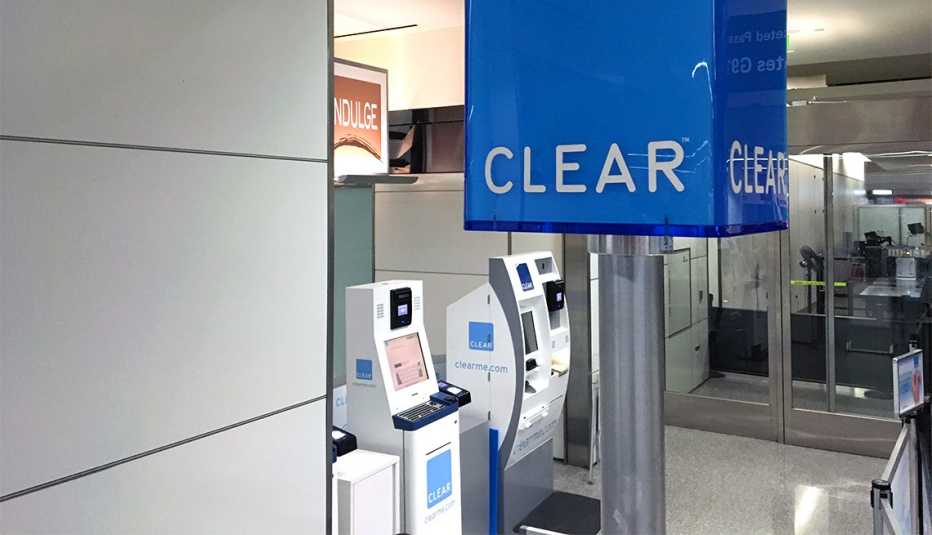AARP Hearing Center
There are now a handful of prescreening programs that allow their members to speed through security checkpoints — TSA PreCheck and CLEAR at the airport gate before boarding and Global Entry when you arrive in the U.S. from another country. Each has different advantages, depending on how often you fly domestically or internationally; for some frequent travelers, it can make sense to enroll in two of the programs.
Below is a guide to the benefits of each, and how to enroll.
TSA PreCheck
What it is: PreCheck is a Transportation Security Administration (TSA) program created by the Department of Homeland Security (DHS) after 9/11. It allows certain qualified airline passengers to use separate, typically shorter security lanes leading to the screening area. During screening, PreCheck passengers don't have to take laptops or liquids out of their bags, nor do they have to remove shoes, coats and belts.
PreCheck costs $85 for five years and is now available at more than 200 U.S. airports. It’s offered to American citizens and lawful permanent residents who apply. Even if you're not enrolled, you may sometimes be randomly given temporary PreCheck status on individual flights. If you have paid for PreCheck or you're in the randomly selected group, there will be a PreCheck symbol on your boarding pass, and you can head for the fast lane. Although some lines for PreCheck members are longer than others, the TSA reports that 93 percent of PreCheck passengers wait less than five minutes.
If you have PreCheck status, you can bring along a travel partner age 12 or younger; if you’re traveling with someone older, he or she must have their own PreCheck clearance to join you in the PreCheck lane.
Note that PreCheck passengers aren’t guaranteed access to the PreCheck lanes; they will sometimes be asked to enter the full-security line.
How to enroll: Go to tsa.gov to pre-enroll and pay the $85 fee. Then visit one of more than 350 enrollment centers around the country, most of them at airports, to get fingerprinted and show identifying documents.
After two or three weeks (or sometimes just a few days) you’ll receive an email with a Trusted Traveler Number — the airlines call it a Known Traveler Number — good for five years. You’ll include that number in your profile when you make a reservation in order to be flagged as a PreCheck passenger.




























































